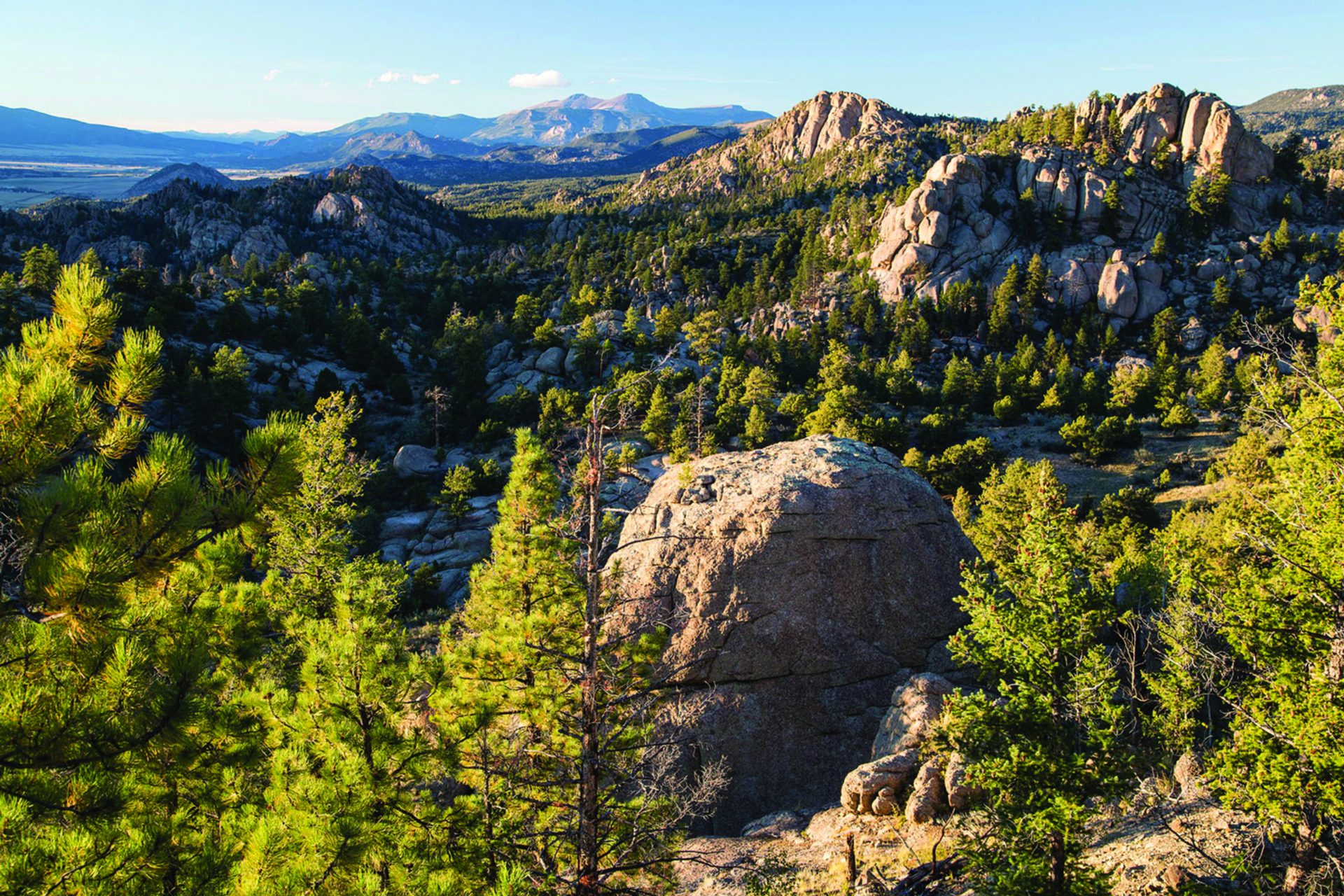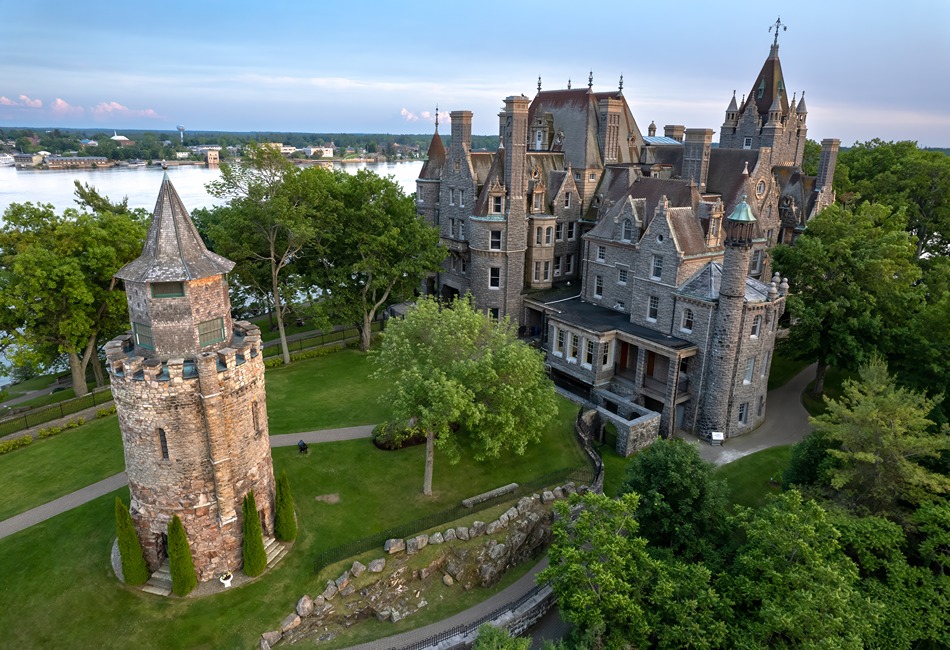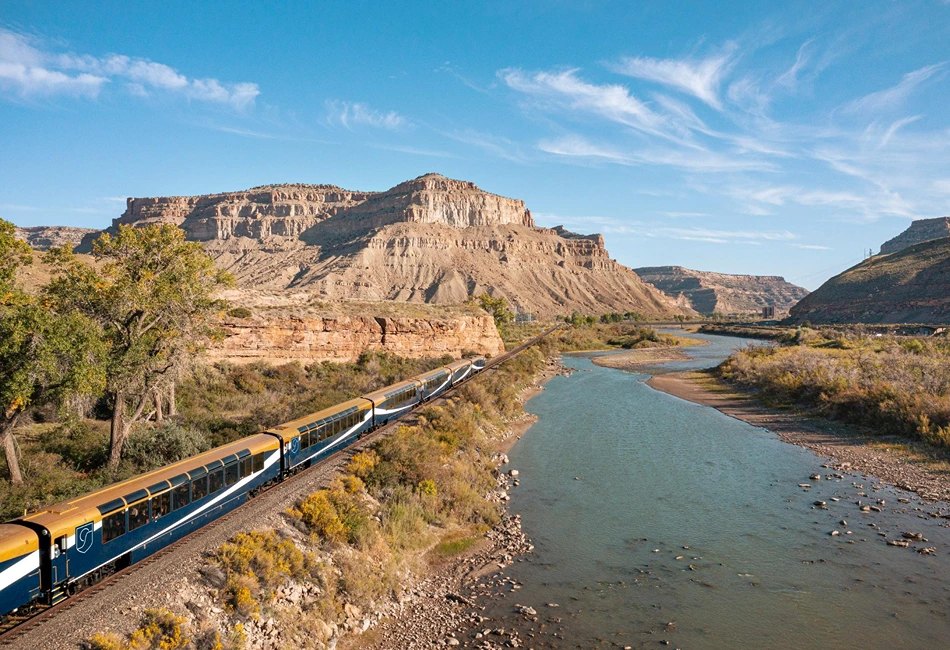The message for Colorado travelers was developed in a partnership between the Colorado Tourism Office and Leave No Trace Center for Outdoor Ethics
The Care for Colorado principles empower travelers to protect the very qualities that attracted them to visit Colorado in the first place.
KNOW BEFORE YOU GO
Colorado and federal agencies manage 42% of Colorado’s majestic landscape. Cities and counties maintain even more. Learn about and respect the spaces we all share.
Stay back from the pack. Find your way to less-visited and off-peak destinations to minimize downtime and maximize your connection with special places. There are plenty of options available for groups.
Bring along reusable water bottles or hot drink tumblers to limit waste and stay hydrated in Colorado’s dry climate. Check the conditions where your group is planning to visit. In Colorado, even late spring can bring snowstorms, so be aware of the latest news for weather and snow as well as for road and trail closures.
Ski groups, before you head out on your spring-skiing adventures, take the Colorado Backcountry Winter Safety Awareness Pledge (colorado.com/BackcountryPledge) and commit to protecting yourself and others while exploring.
STICK TO TRAILS
With 39,000 marked trails and 13,000 designated campsites, there’s no need to venture beyond. By sticking to these areas and camping at least 200 feet from lakes, rivers and streams, you’re helping natural areas stay natural. Even though shortcuts can be tempting, please don’t take them. A few extra strides on the path will protect plants and the homes of the true locals.
Melting snow leaves trails and vegetation more open to damage. Be sure to stick to trails and walk in the middle of the trail — even if it’s wet, muddy, slushy or icy — to avoid erosion and damage to trailside plants. Make sure to wear sturdy footwear — like insulated, waterproof hiking boots — so you can always stick to the trail, particularly in spring and early summer when trails are more likely to be wet and muddy from melting snow.
LEAVE IT AS YOU FIND IT
Leave plants, rocks and historical items as you find them so others experience the joy of discovery. Any of Colorado’s 750 different species of wildflowers will live forever in a photo. Snap away, but only with a camera. Treat all living things with respect. Carving or hacking plants and trees may kill or disfigure them. Colorado is beautiful all on its own. Building structures or campsites on public land isn’t cool. Keep it pristine for everyone to enjoy. Dismantle any snow structures you build before you leave. When taking a skiing or snowshoeing hut trip, leave your hut better than you found it. Be considerate of other users and follow the instructions. Don’t leave food or trash behind, as it may attract mice or other unwanted creatures.
TRASH THE TRASH
Pack it in, pack it out. Or pick it up to leave a place better than you found it. Put litter, even crumbs, peels and cores in your nearest waste/recycling bin.
Wash yourself, your dog or whatever else needs cleaning at least 200 feet from waterways, and use biodegradable soap. A bubble bath is no treat for fish. If you have to poo, walk at least 70 steps from trails, water and people. Dig a cat hole six inches deep, do your thing in the hole, cover it and pack out your TP. Or, use a wag bag (a disposable bag found in most outdoor stores) so you can pack out your waste.
BE CAREFUL WITH FIRE
Colorado’s low humidity has perks, but it can create dry, dangerous conditions. Keep campfires small and manageable to avoid sparking wildfires. When putting out a fire, water it until you can handle the embers. Never let a fire burn unattended. Use care when smoking in Colorado’s dry climate. Always put cigarettes out completely and don’t leave your butts behind.
Always check for local fire restrictions. Regardless of the season, avoid making fires in areas where there is little or no dead and down wood, where fires may scar the landscape, or in parking lots and at trailheads.
KEEP WILDLIFE WILD
Spring can be a particularly sensitive time for wildlife since many species are nesting, having their young or coming out of hibernation. Be sure to travel quietly and give all wildlife extra space during this time.
Colorado is home to tens of thousands of furry, scaly and feathered creatures. To keep them — and you — safe, don’t approach them. Do not feed wildlife no matter how hungry you think they might look.
Keep your furry buddies leashed when enjoying dog-friendly trails, and pack out their waste all the way to a trashcan. All wildlife, from squirrels to moose, has to work a lot harder to survive in winter. Observe all wildlife from a distance, and do not follow or pursue them. Fleeing forces them to burn energy they need to survive the colder months.
SHARE COLORADO’S TRAILS & PARKS
Chances are you’re not out in nature to people-watch, so try out the lesser-known paths and sites. Silence your cell phone before stepping into nature and speak softly without using the speaker function.
Be considerate when passing others on the trails and yield to the uphill hiker and biker — they need the momentum. Listen to nature. Keep your voice and music soft so all can enjoy the peace of Colorado. Keep noise to a minimum when near others on the trail and let nature’s sounds prevail.
This information is provided by Colorado Tourism Office and Leave No Trace Center for Outdoor Ethics and can be found online at https://www.colorado.com/CareForColorado.
Brochures that are great for groups prior to their departure for Colorado, or serve as an on-coach narrative, are also available at the link shown above. – Colorado Packing List, Act Like a Local and Are You Colo- Ready?






